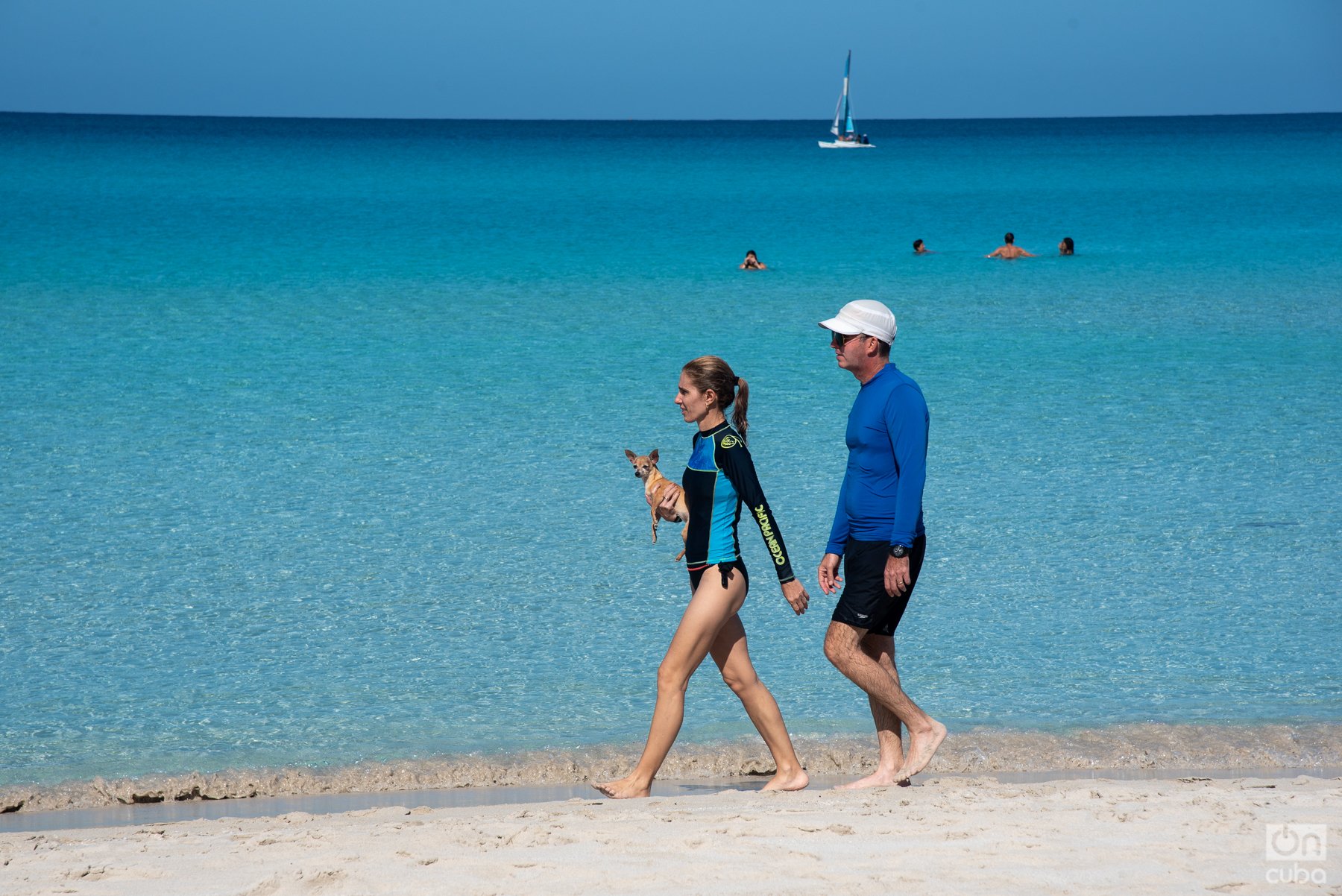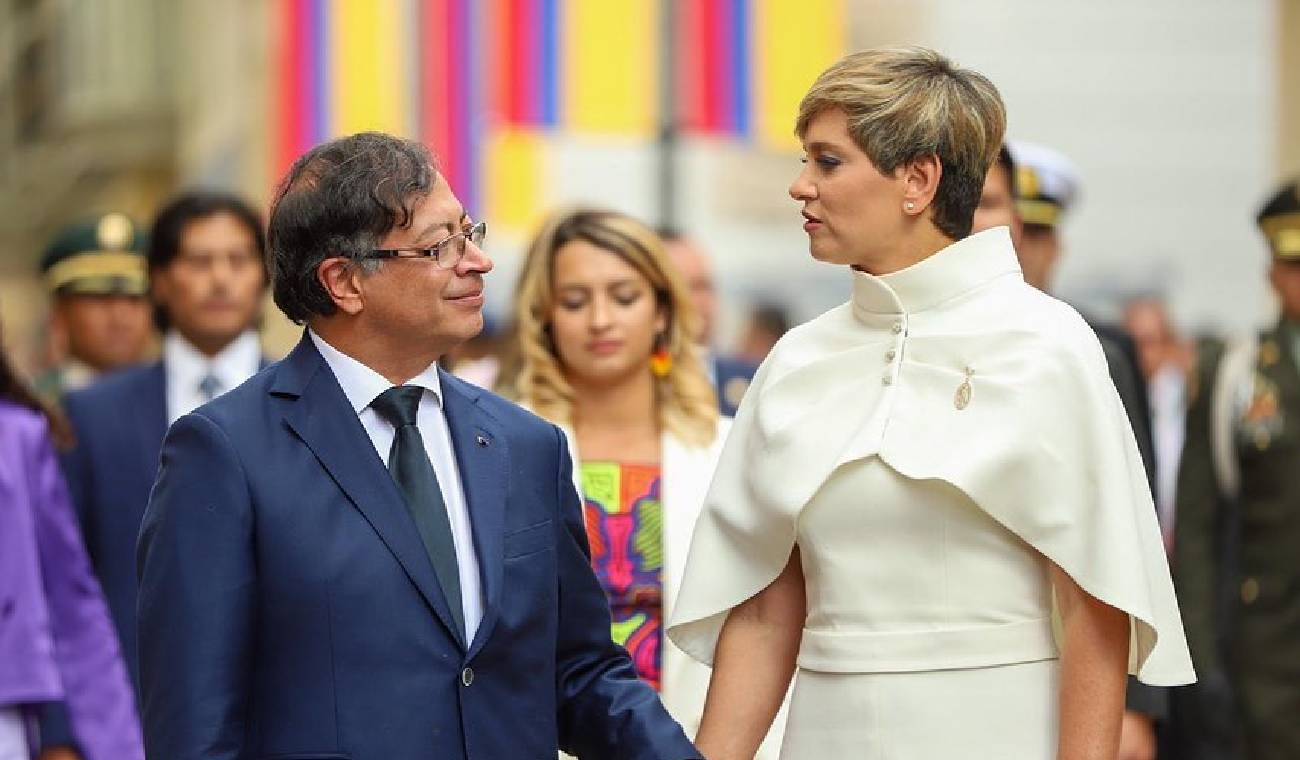Yes, whoever walks through Varadero today will be able to see the effort to relaunch the first sun and beach tourist resort in the country, the attempt to give the city that bears its name —and which its natives call a town— attractions that encourage tourists to walk its streets. That visitors walk its boulevard, become diners at restaurants, mostly state-owned, or visit some of those other private ones that have managed to survive the special regulations for this pole; to the measures generated by the Trump administration and assumed and increased by the Biden administration, to the pandemic, which had one of its epicenters in Matanzas; the “monetary order” and the inflation that has accompanied it and that gap between the official exchange rate and the informal exchange rate and its repercussions, seems like a collective effort.
Right now, the United States administration has complicated the present and future of the tourism sector a little more adding another obstacle recovery attempts/plans/strategy. It will be necessary to think very well about doing tourism in Cuba, if this forces a European citizen to apply for a visa for the United States. What a handicap!
Whoever walks along the boulevard of Varadero will be surprised to see how few foreign tourists walk along it and how many national tourists enjoy it. It is true that we are still in low season, it is true that September has never been a good month for the arrival of tourists. The same happens in the first absolute tourist pole, the capital of the Republic.
What a diatribe Cuba is in! Doomed to not being able to take advantage of the potential of the United States market, which should be its natural issuer of sightseeing, forced to look at other more distant markets and now again limited to taking advantage of those by a foreign government disposition. Can anyone seriously argue about the low weight of this competitive disadvantage?
It is true, however, that during all these years there have been other internal causes that have hampered the performance of the sector, including the lack of coherence between its strategic nature and public policies and the incentive system. Also other well-known ones, exposed even in official reports, weak and belatedly corrected in the best of cases: quality / price ratio of products and services; excessive rates for some of them such as car rental; little capacity of the national industry and agriculture to provide top quality products and consequently a significant import propensity of the sector, airports very far from the standards that exist in the Caribbean region itself, etc. etc. etc.
The report on the execution of investments from January to June 2022 brings back an old concern that exists among a far from small number of economists about the destinations of the investment and the state’s preference to concentrate it on tourism. In the first half of 2022, the execution of investments in what is called “Business services, real estate and rental activities” was 20% higher than in 2021, while investments in “Hotels and restaurants” increased from 193 million pesos to 845.5 million, for a growth of 438.05%, which indicates, at least that is what these numbers say, that the tourism sector continues to occupy a privileged place in the allocation of State resources.
Already in the report on the main aspects of the 2022 plan, published by the MEP in December 2021, Tourism was assigned 24% of all investment (27,443 million of a total of 113,676 million). The almost 10.7 billion executed in the sector in the first half constitute 39% of the investment planned for this year. How much of that sum corresponds to foreign currency is a fact that is not public, nor is it, how much of what was executed until June 2022 corresponded to foreign currency.
It is true that there is an international trend towards the construction of new hotels, even despite the remaining effects of the pandemic. Should Cuba follow that trend?
What to understand by strengthening the tourism sector?
Is the lack of rooms one of the main strategic weaknesses of the Cuban tourism sector?
Does having more rooms constitute a real advantage over competitors in the region?
Does having more rooms have any correlation with the improvement in the service, or with the lack of quality of not a few products that are served in the hotels, or with the lack of variety of natural fruits, or with the difficulties to rent a car comparable in quality to those of other countries in the region?
What is the certainty that exists about the arrival of tourists for the coming years?
Will the planned occupancy levels be reached so that the return on investment is achieved within the established time?
What can be the return of the funds if the recovery of the investment doubles the established time?
It is also real that we lack information. It is paradoxical, given the importance that the sector is recognized in the growth aspirations of the country.
However, the projected growth goal in the last year (2026) of the second stage of the PNDES 2030 has not been renounced.
This behaviour It is fundamentally based on the projections of recovery of tourism and its chained activities; in the progressive performance of productive activities and services, such as: the manufacturing industry, agriculture, commerce, construction, public health and education, among others.
Main aspects of the national economy plan 2022. MEP. December 2021.
We do not know how much of the money invested in the sector corresponds to state resources and how much to external resources. There is little information available about how many of these new hotels will be managed by foreign companies that will commit to the occupation and how many will be owned by joint ventures.
Is it a good strategy to commit more of the town’s resources to building rooms that it is not possible to determine when they will produce the money invested in building them, or is it that the recovery strategy of the sector should be reviewed in depth and change everything that should be be changed?
That Cuba is a tourist archipelago I think no one can dispute. That we have natural advantages that other Caribbean islands do not have either, that tourism was reborn at the end of the 1990s, competing at an absolute disadvantage with the destinations already established in the Greater Caribbean, even less so, that it managed to put together some productive chains and allowed a part of of our industry to become more dynamic is undeniable, that it generated employment and allowed the relocation of people whose companies were resized is also true, as well as that the dynamics achieved allowed the revitalization of a non-state sector that greatly contributed to the variety of the tourist product, especially in the cities.
But it is also true that in all these years it did not reach the income from tourists from other Caribbean destinations, nor the occupancy levels, nor the value for money of its services, nor did it achieve, due to poor designs and late decisions, a multiplier of national income. comparable to other destinations in the region.
It does not seem feasible to think that the restrictions of the North American administration, this one and the next, will allow an expansion like the one that has occurred since 2015. It does not seem possible to think that we will be able to attract a significant number of tourists from other destinations that compensate the natural emitter. I haven’t seen any strong arguments that putting more national resources into more rooms is justified.
Grow horizontally or improve the efficiency of exploitation of what we have today, perhaps that is one of the dilemmas for the sector.






